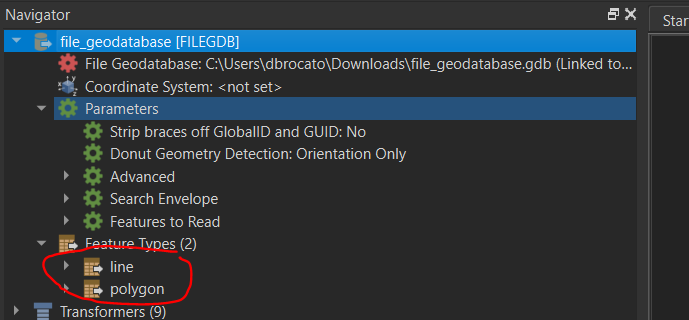Hello everyone,
I have a shapefile with polygons (neighborhoods) and a shapefile with lines (waterways). Each polygon has a specific code attached to it. I want to provide each line with the code of the polygon it runs through. When the line runs through several polygons, it must get the code of the polygon through which the line runs the longest.
Does anyone know how I can best handle this?
Regards Bas






